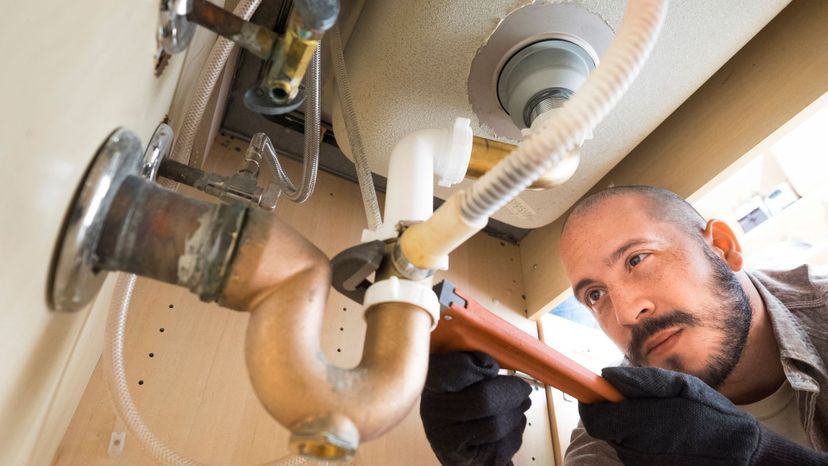
About This Quiz
Know the difference between a plunger and a pipe wrench, or a toilet snake and a P-trap? If you consider yourself a master of all things plumbing, take this quiz to show off your skills!
Believe it or not, indoor plumbing is a relatively new phenomenon. As recently as 1940, half of U.S. homes lacked hot water, bathtubs and showers -- and a full one out of three homes didn't yet have a flushing toilet, according to the Lawrence Berkeley National Laboratory. While these modern conveniences are just a few generations old, people today would find themselves hard pressed to live without them.
That's good news for those with the capacity to install, maintain and repair these systems. It means there will always be plenty of jobs in the field, and those who choose this career can expect a median salary of $52,000 as of 2017, according to the U.S. Bureau of Labor Statistics.Â
Sure, there may be some downsides -- clogged toilets, anyone? -- but plumbing is so much more than dealing with sewage. It's planning and installing the piping systems that will carry hot and cold water in and take waste out of homes and buildings for proper processing. It requires not only being good with your hands, but also soft skills like sales, marketing and even basic math and accounting.
Think you've got what it takes to properly wield that pipe wrench? Take this quiz to find out!
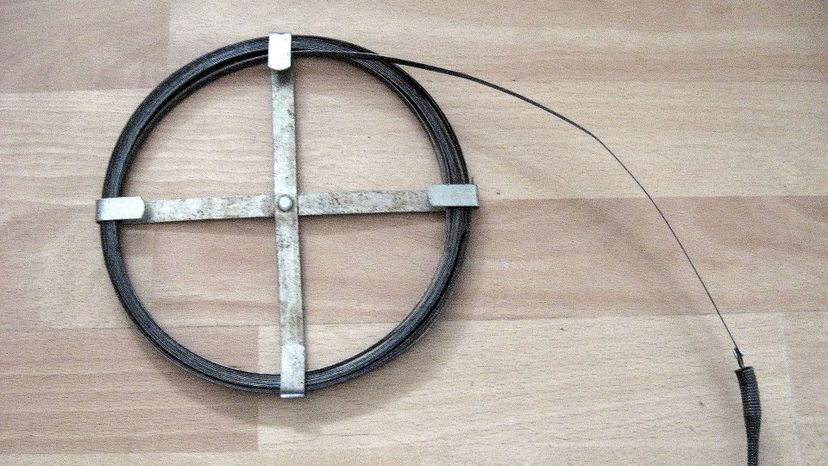
Got a clogged toilet or sink? A snake is a flexible auger that can drill down into pipes to break up clogs. You can use hand-cranked versions for small jobs, or rent larger snaking machines for bigger plumbing projects.
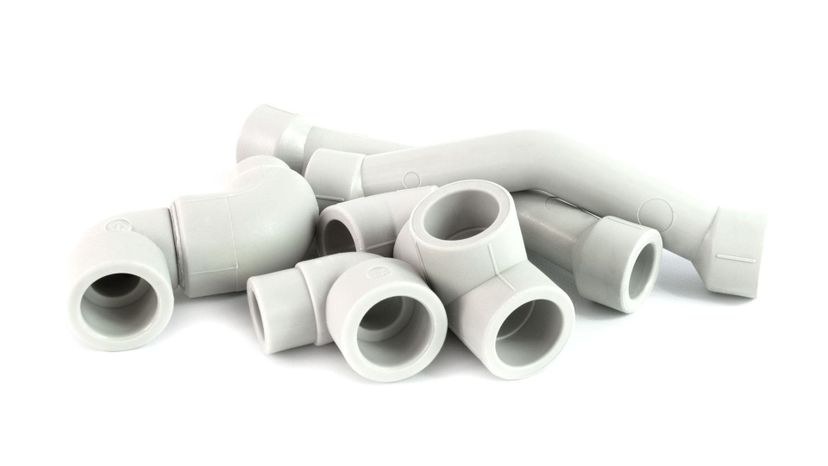
Polyvinyl chloride, or PVC pipe, is a lightweight and affordable alternative to traditional metal piping. This plastic piping has been widely used by plumbers since the mid-20th century, and is known for its corrosion resistance and ease of use.
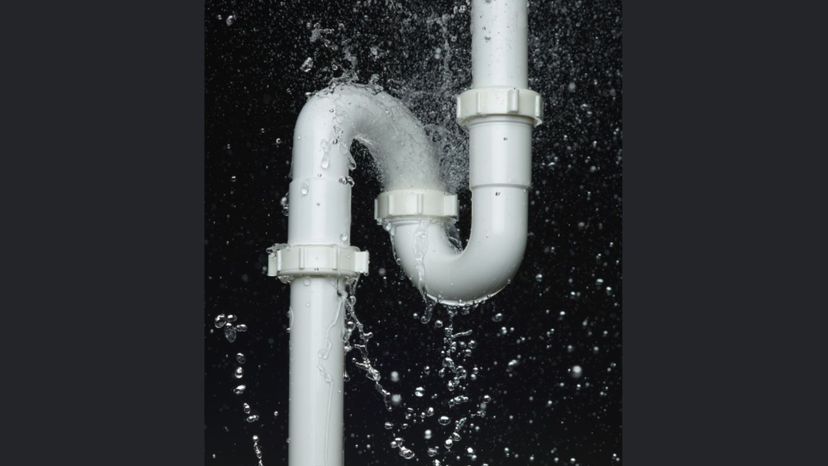
A p-trap is so named because it looks sort of like a letter "p" turned on its side. Found under sinks in homes and businesses, this bend of pipe does dual-duty -- trapping debris to reduce clogs while also keeping sewer gases out of the home.
Advertisement

Sewer gases that build up in the home can make you sick -- and they're stinky to boot! All sewer gas pipes should terminate outside, either through the roof or through an exterior wall.
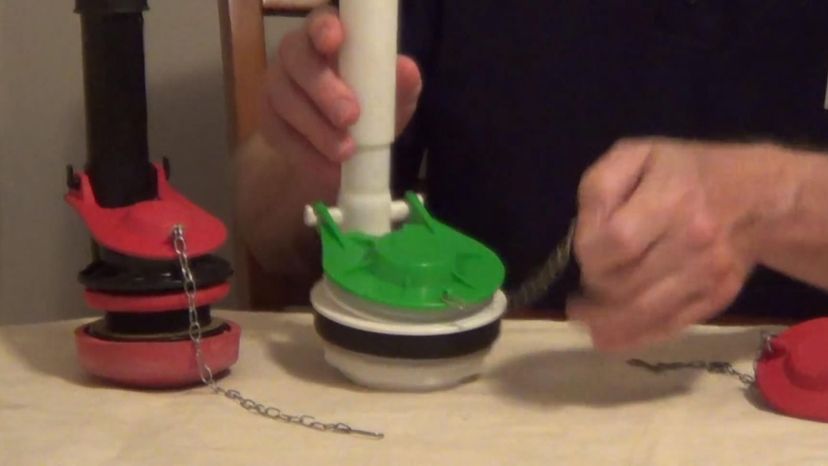
Every noticed your toilet just won't stop running? Believe it or not, you probably don't need a plumber to cut down on the wasted water. Instead, open up the toilet tank and look for a plastic flap -- known as a flapper. For just a few dollars, most people can replace this part by hand to keep things running smoothly.
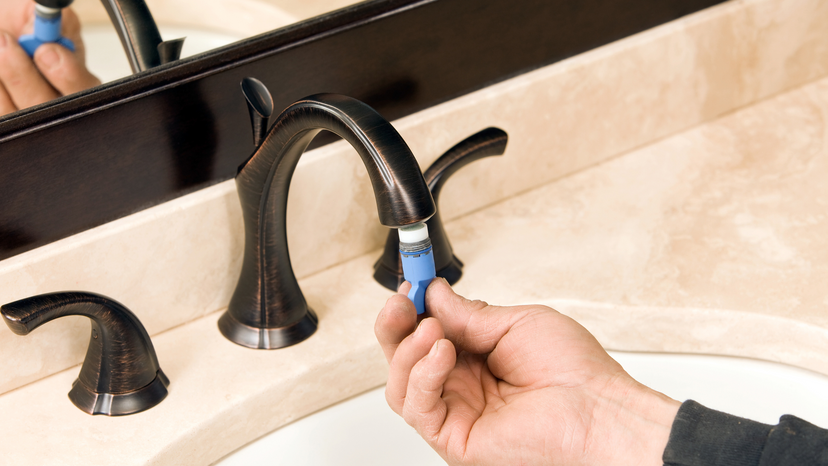
If you turn off your kitchen or bathroom faucet and touch the area where the water comes out, that piece you'll feel is known as an aerator. This small device mixes air and water, which helps shape the stream of water, reduce splashing and regulate water pressure.
Advertisement
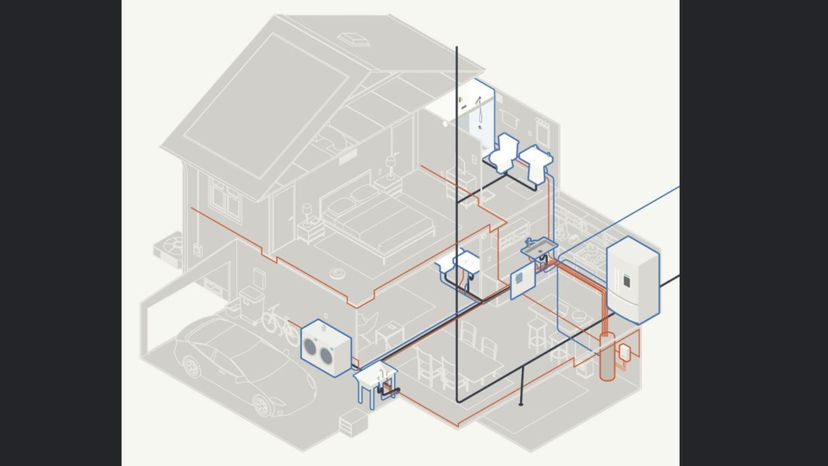
Most homes use two major plumbing systems. One delivers fresh water, while the other -- the drain, waste vent or DWV system -- removes wastewater, sewage and sewer gases from the home.
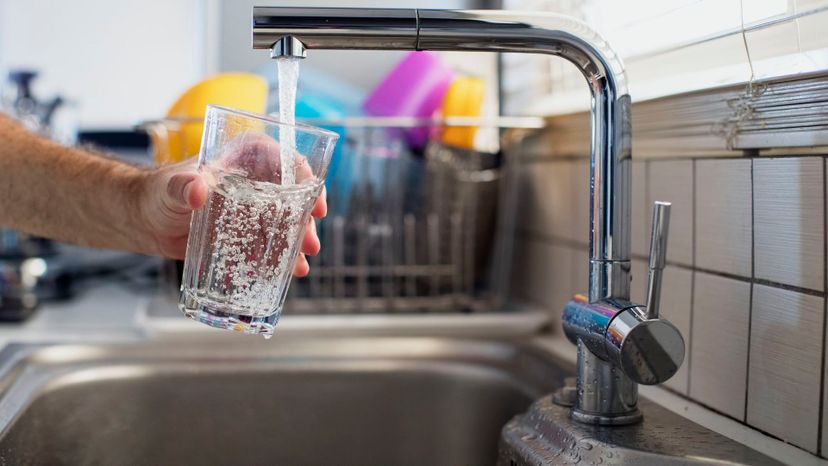
Seriously -- don't drink wastewater in the form of gray or black water, which can contain raw sewage. Non-potable sources are not meant for drinking, while potable water is deemed safe for consumption.
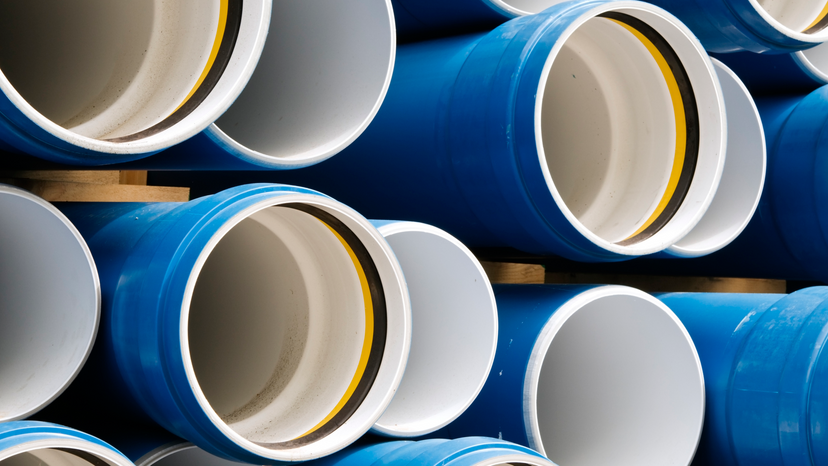
The schedule of a pipe reveals the thickness of its walls. That means a schedule 40 and schedule 80 pipe will be the same diameter on the outside, but because the 80 has thicker walls, its inner diameter will be smaller than that of the 40.
Advertisement
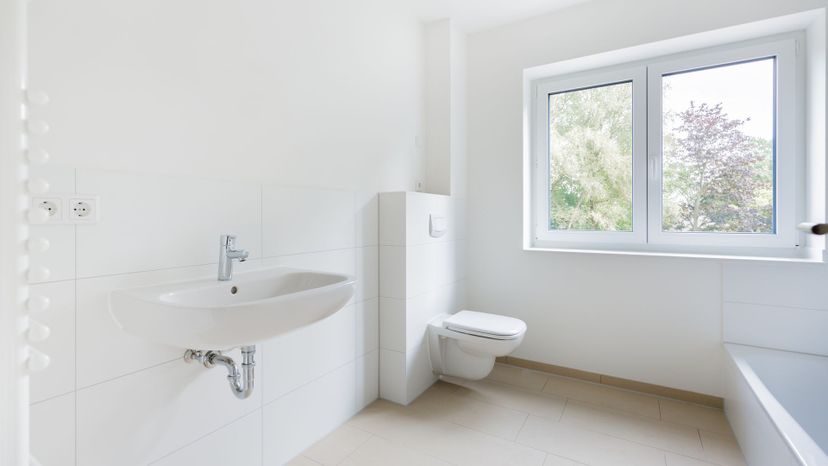
In many homes, gravity helps flush toilets dispose of waste with ease. When gravity alone can't get the job done, a pneumatic-powered toilet can carry the load.
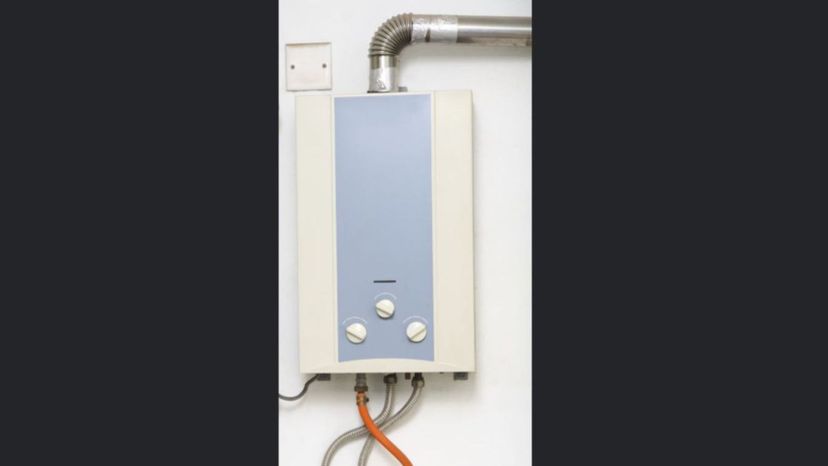
The U.S. Department of Energy estimates that a tankless water heater uses 30 to 50 percent less energy than a comparable tank water heater. Tankless, or on-demand, water heaters cost more upfront, but can help energy costs over time and provide instant hot water right when you need it.
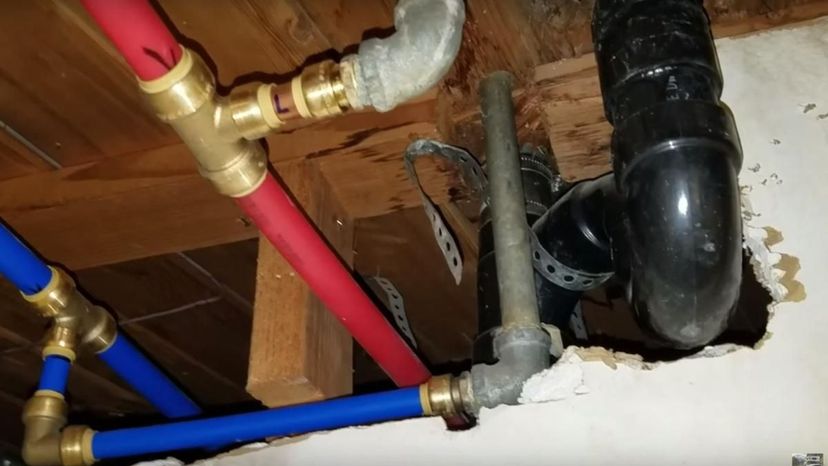
Hot and cold water run through separate lines, and are often fed to the same location, like your sink or shower. To prevent excess condensation or wasted energy, these lines should be placed a few inches apart in most cases.
Advertisement
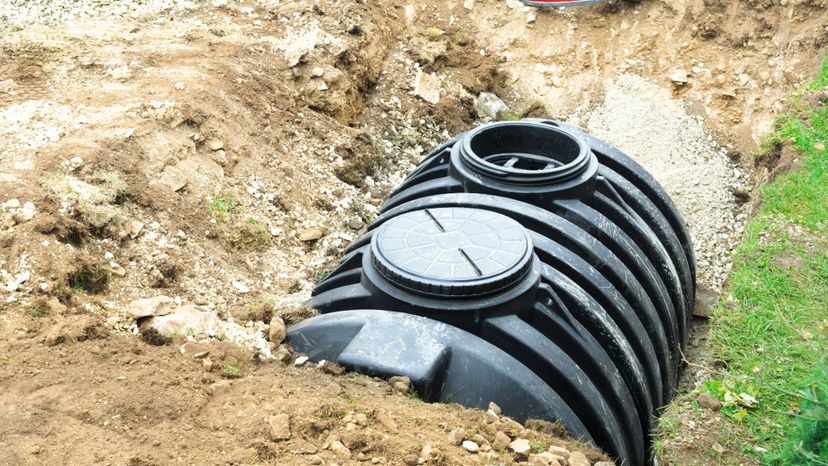
Undigested solids in your septic tank can fill the pit with sludge over time, which can keep the system from functioning as it should. Most plumbing experts agree that a pump out every three to five years will keep the system running properly for a family of four.
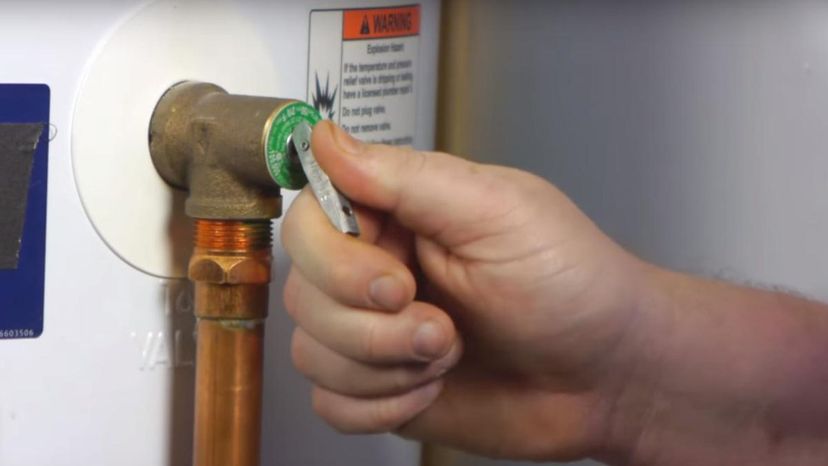
It might sound odd, but bleeding is the act of removing unwanted air from pipes. You'll know it's time for a bleed if your faucet sputters or has excessive water pressure when you turn it on.
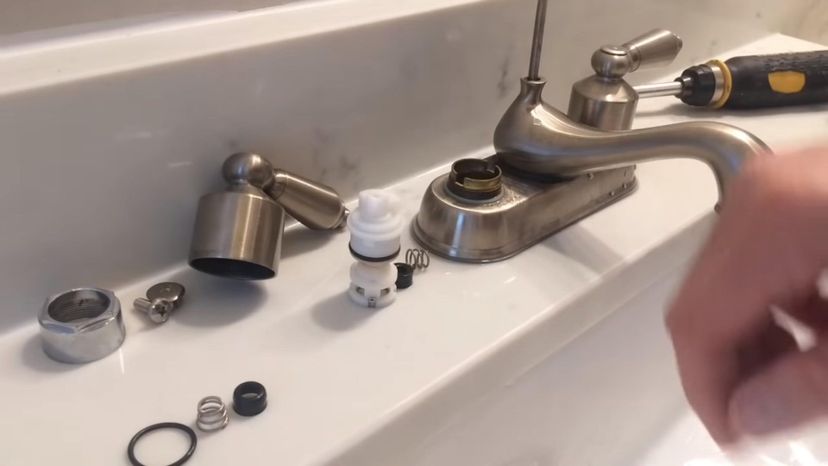
An o-ring helps to maintain a tight seal where a faucet meets your sink. If you see water leaking from that area, it's probably time to replace this simple component.
Advertisement
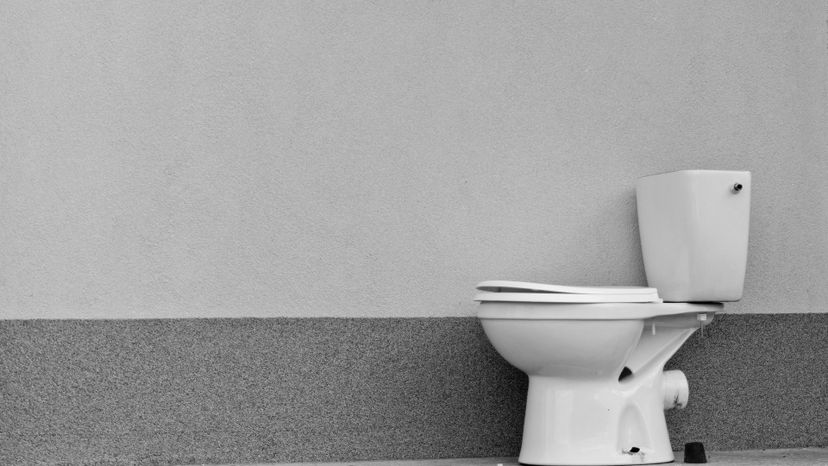
Back in the day, a toilet used between 3.5 and 7 gallons of water for each flush. Modern toilets require just 1.6 gallons per flush, while high-efficiency models can use just 1.28 gpf to clear the bowl.
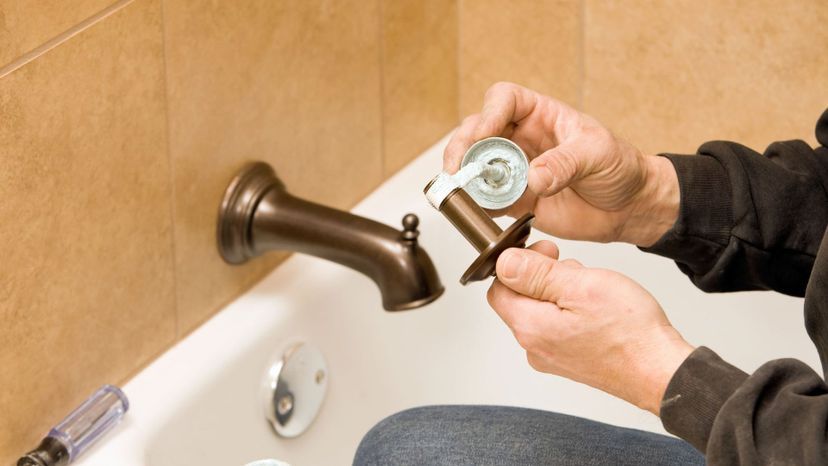
Sometimes known --incorrectly -- as Teflon tape, plumber's tape is designed to be wrapped around threads when joining two pipes. It acts as a lubricant and makes it easier to tighten the joint.
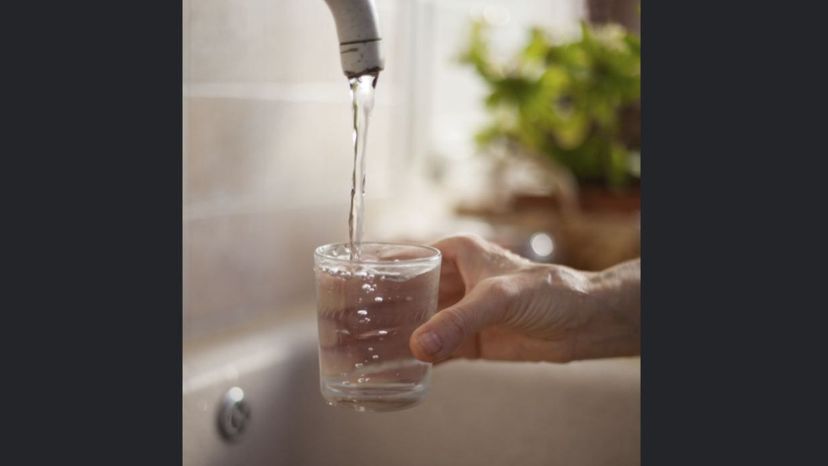
Gallons per minute or GPM is a common measurement used by plumbers. For instance, old-school showers used 3.5 gallons of water per minute.
Advertisement

A frozen pipe can expand and break, but you can thaw the pipe safely. Use a small heater, a hair dryer or a heating pad to apply gentle heat. Never use a blowtorch or fire to do the job.

For a typical 6-inch sewer pipe, a pitch or slope of 1/4 inch per foot of pipe is required to keep things moving. A slope less than this could prevent gravity from doing its job in removing sewage from the home.
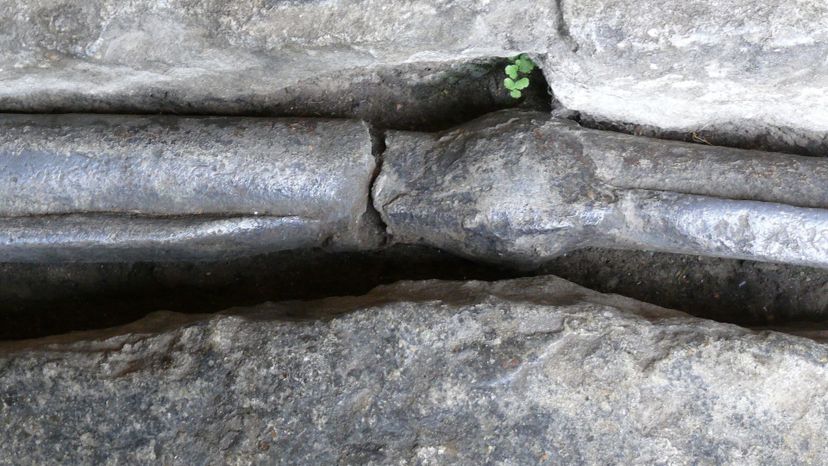
The ancient Romans used lead to build many of their famous water and sewer systems. The word plumbing actually comes from plumbum, the Latin word for lead. That's also why lead's symbol on the periodic table is Pb.
Advertisement
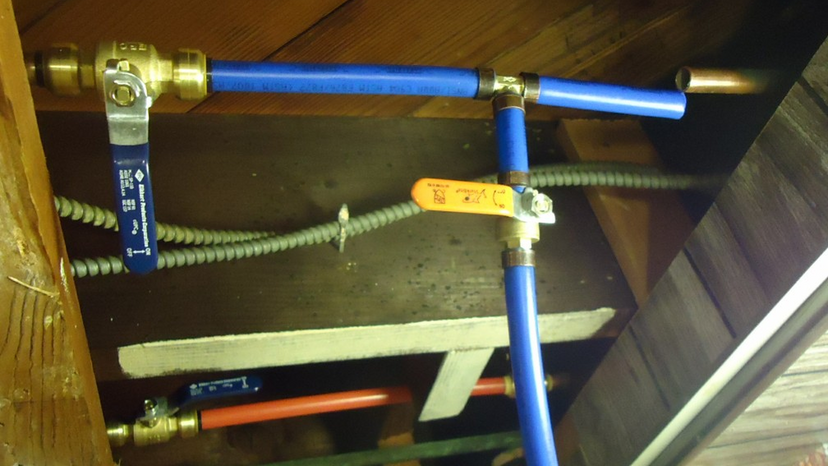
Cross-lined polyethylene, or PEX piping, has become very popular among plumbers who love how easy it is to work with, and how easy it is to install thanks to its flexibility. Despite its many benefits, some plumbers avoid PEX in certain applications. It doesn't hold up well outdoors, requires special tools and can't be melted and recycled in the same way as many other plastics.
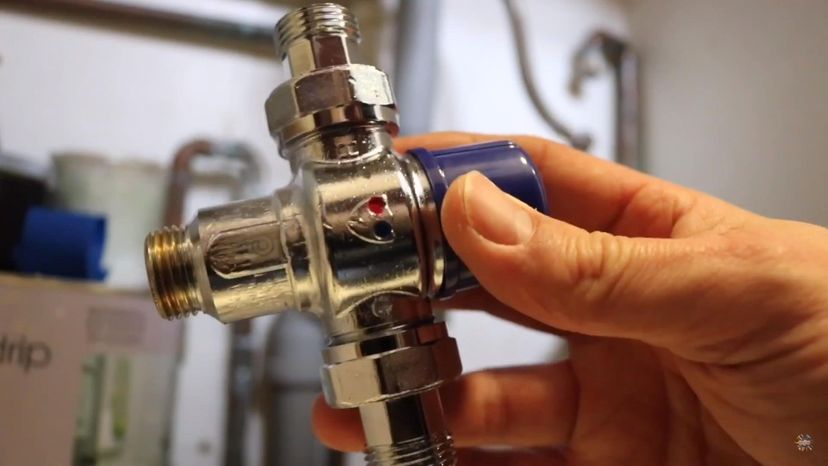
A mixing valve is used to carefully blend hot and cold water at the correct ratios to achieve the desired temperature. Used properly, it also helps to reduce the risk of scalding or burns.

While there are all kinds of shower heads on the market, the standard model sold in 2018 uses 2.5 gallons of water per minute. Since around 17 percent of residential indoor water use is associated with showering, a low flow shower head can make a big difference in your consumption rates.
Advertisement
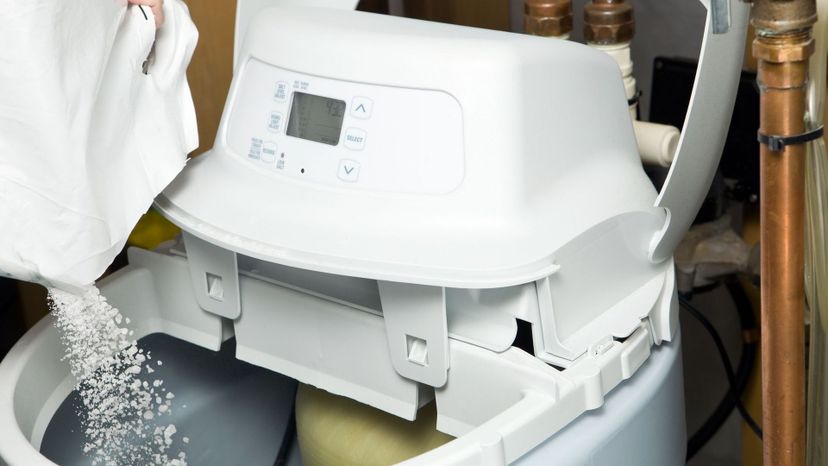
Hard water is water rich with minerals like calcium and magnesium, or metals like iron. Left untreated, hard water can cause scaling or corrosion in your pipes and fixtures. A water softener removes these minerals and metals to neutralize the problem.
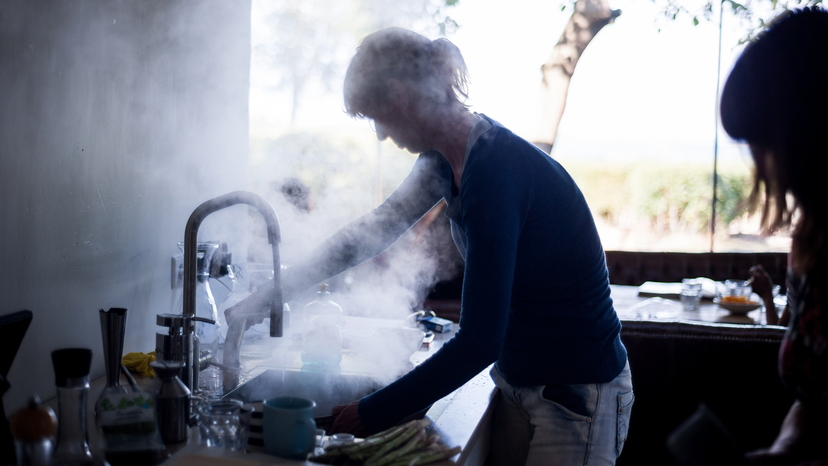
Most water heaters come with the temperature set at 140 degrees F by default. Water of this temperature can cause mild burns in 2 seconds, or permanent burns in just 5 seconds for an adult. Go a little higher, to 154 degrees F, and it takes just one second of contact for an adult to experience burns.
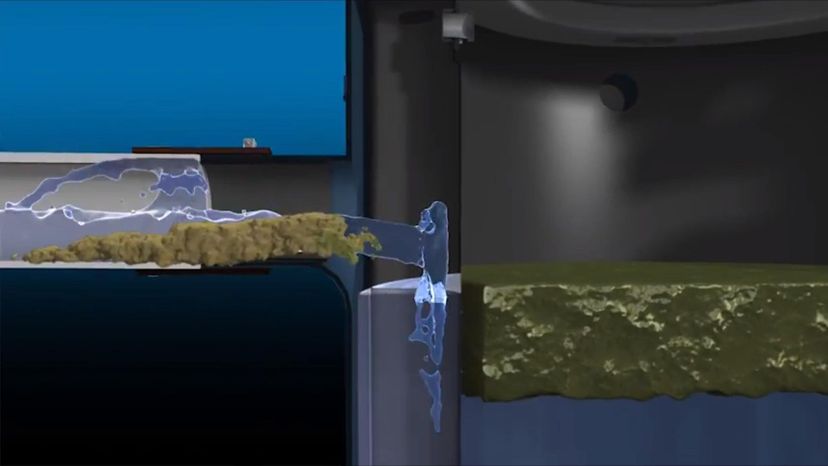
An interceptor, also known as a grease trap, catches grease before it can travel down the pipes and creates expensive and annoying clogs. Many building codes require these fixtures in restaurants and commercial kitchens.
Advertisement

Gray water is any wastewater that doesn't contain fecal matter -- so toilet water is not included. Some homes and buildings have gray water reclaimation systems, where the used water is recycled for watering the lawn or filling toilets.
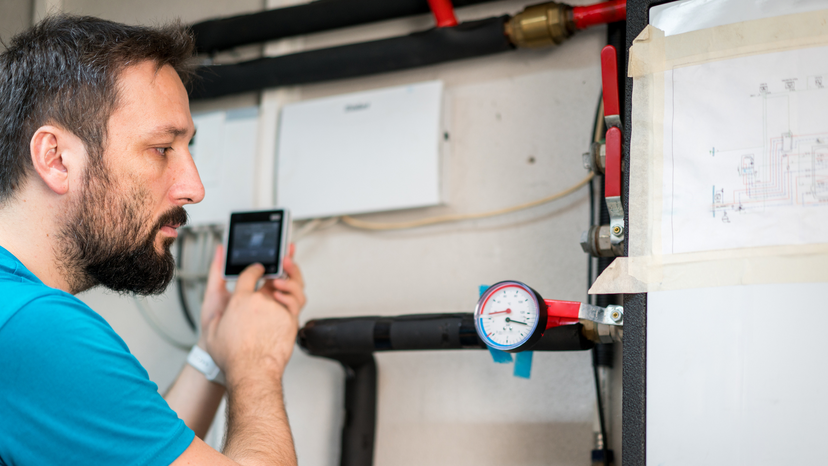
Setting a water heater at the right temperature can be tricky. Too low and you risk harmful bacteria growth. Too high, and you waste money and energy, and put your family at risk for scald injuries. According to the U.S. Department of Energy, most standard water heaters can safely be set at 120 degrees F to strike a balance between these needs.
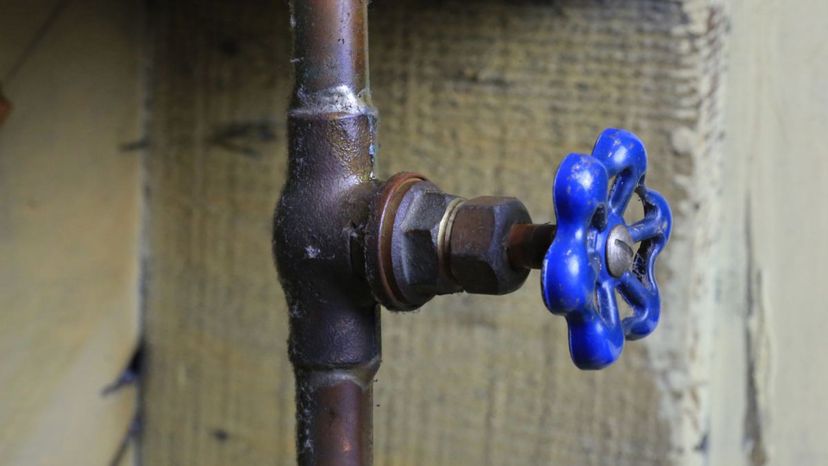
Plumbers use many different valves to control the flow of liquid and gas. A gate valve uses a simple wheel, which drops a wedge or disc into place to block or unblock a pipe on command.
Advertisement
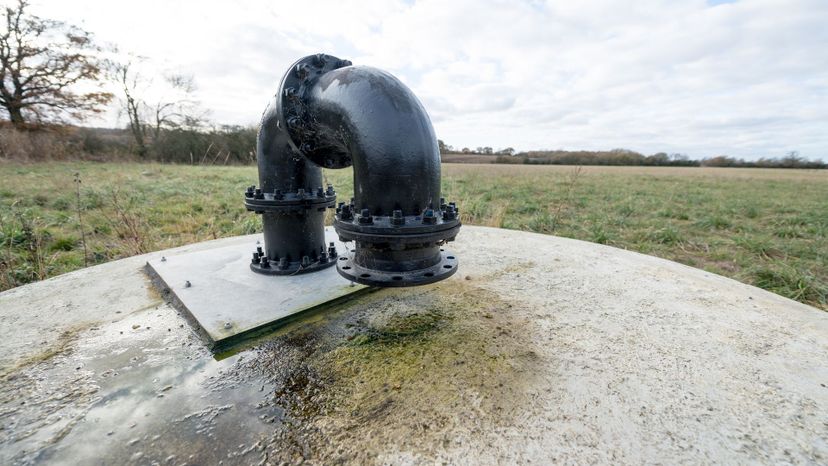
Effluent is liquid waste. It's what left after solids settle to the bottom in a septic tank.
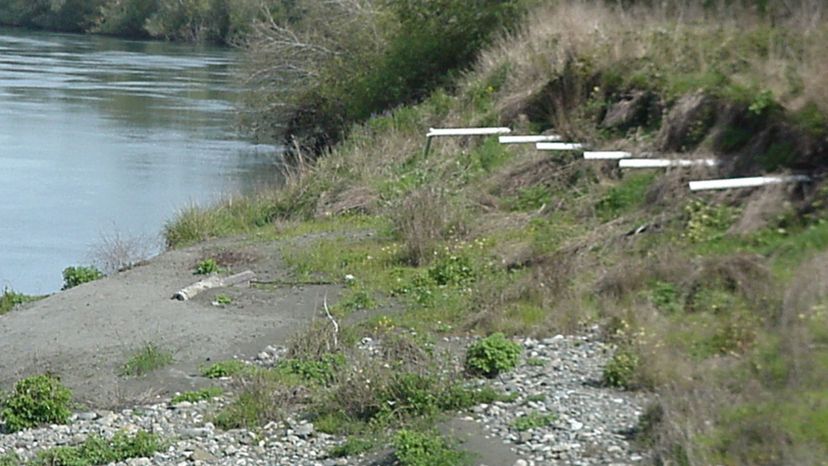
If your home has a septic system, waste first enters the tank, where solids settle to the bottom. Liquid waste, or effluent, travels out through pipes into the leach field, where it's filtered through the soil.
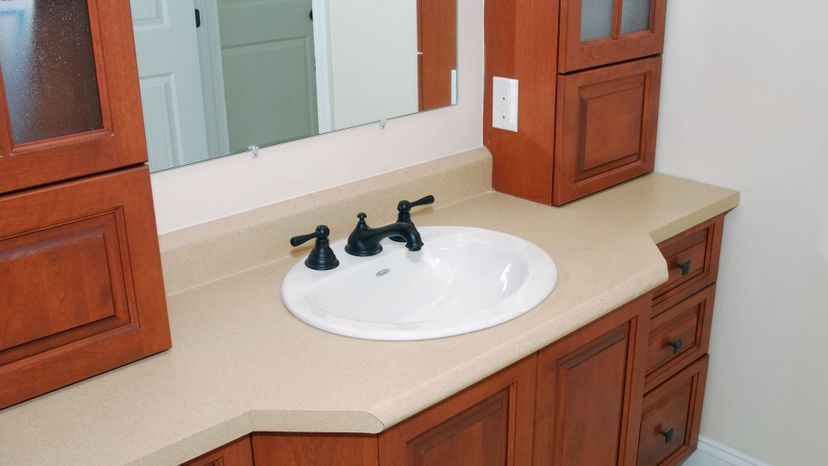
Many casual speakers use the word lavatory to refer to the bathroom as a whole. For plumbers, however, this word refers to one specific fixture -- the sink.
Advertisement
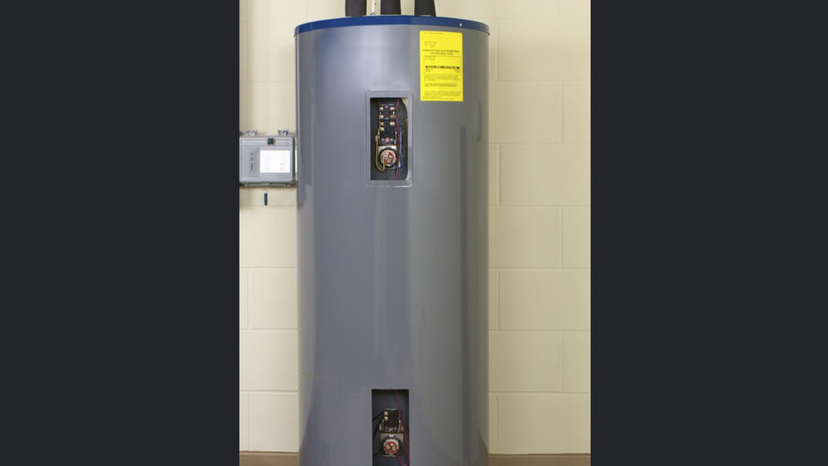
Tank water heaters usually need to be replaced every 8 to 12 years. If you see leaks or rust, or your water heater is being extra noisy, it might be time for a new one.
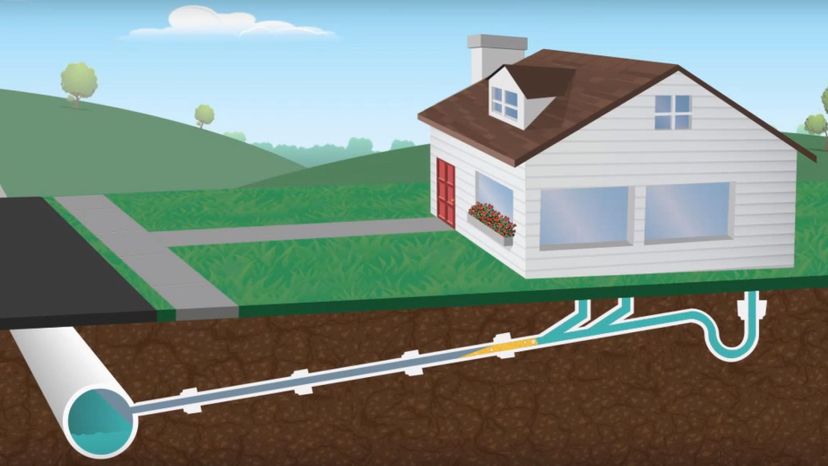
Plumbers use something called a fixture unit to calculate how much wastewater will be discharged from the home during a typical period. A fixture unit is equal to one cubic foot of water drained from a 1-1/4 inch pipe in one minute.
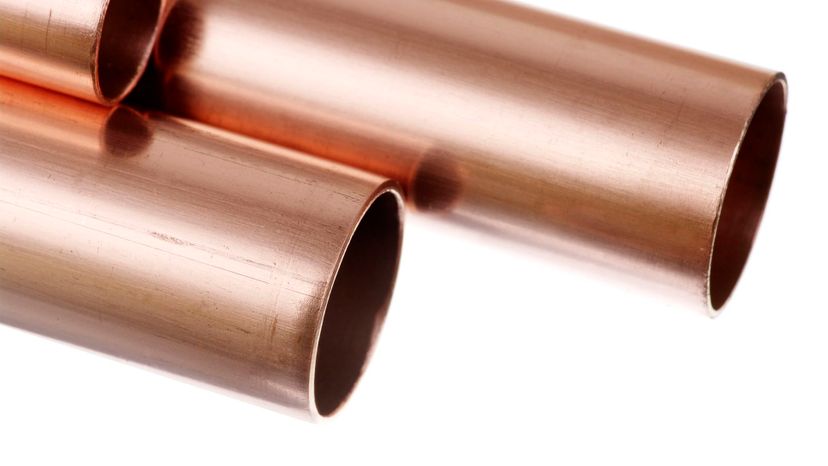
Different types of copper pipes are designed for different applications. Type K has the thickest walls, and can be used for the toughest jobs. Type L is used in many common indoor plumbing systems, while Type L is a light-duty product that can't be used in many tough applications.
Advertisement
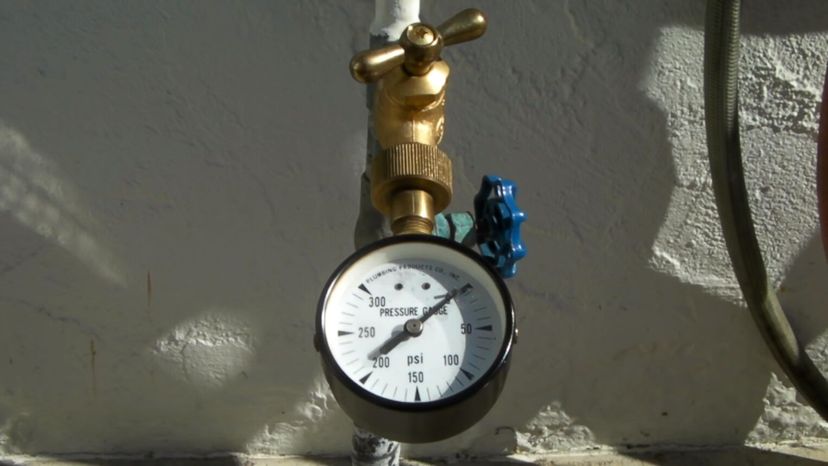
As a rule of thumb, every two feet of height gain results in a one psi decrease in water pressure. That means the pressure 50 feet up in a building will be 25 psi lower than on the ground level.

Around 30 percent of the water used in the average home is used outdoors for things like watering plants or grass. You can significantly reduce your impact by choosing an efficient irrigation system and planting low-maintenance native plants.
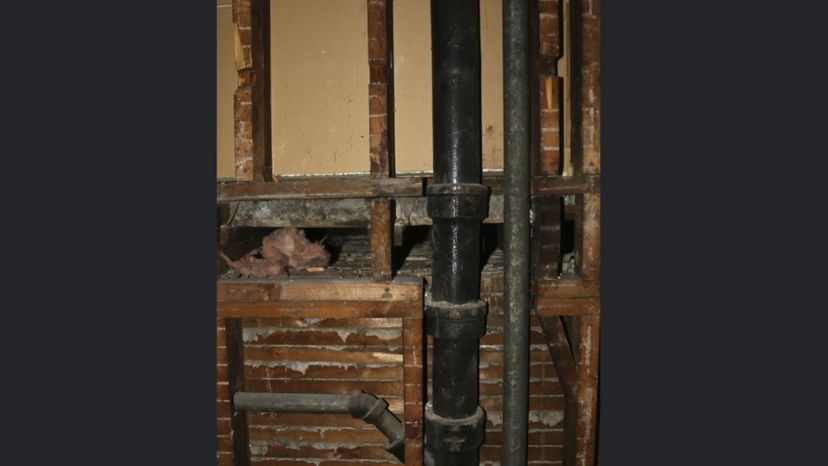
As a rule of thumb, a sanitary sewer pipe leaving a typical home should flow about half full. For most homes, this means using a pipe with a 6-inch diameter, though you should always check local codes when installing sanitary systems to be sure.
Advertisement
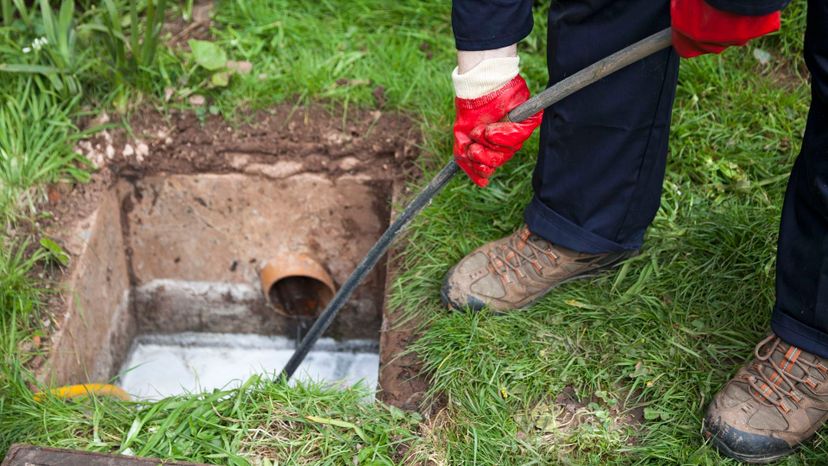
A combined sewer overflow, or CSO, is a type of sanitary system where stormwater, sewage and other wastewater all run through a single pipe. This can pose big problems during rainy periods, resulting in sewage and waste infiltrating public areas and waterways.